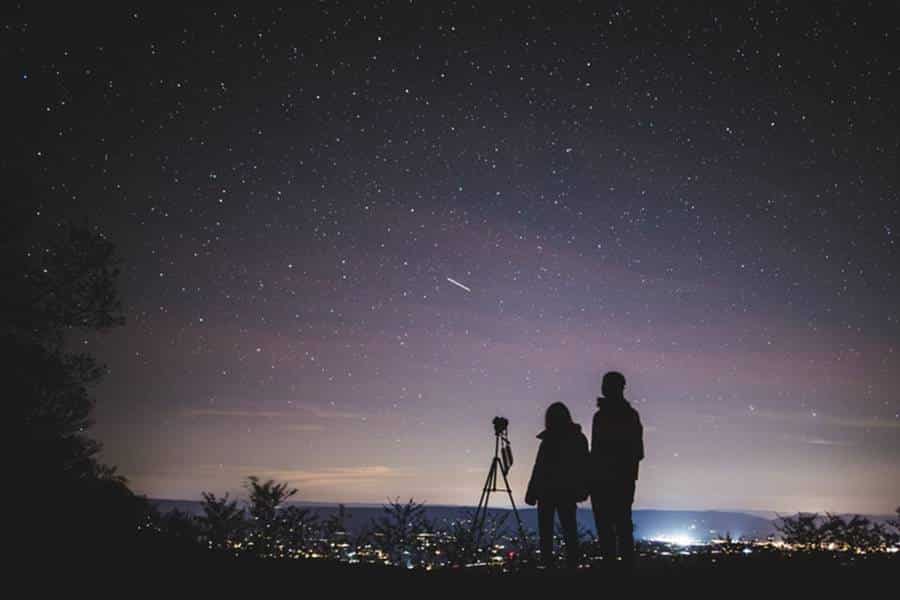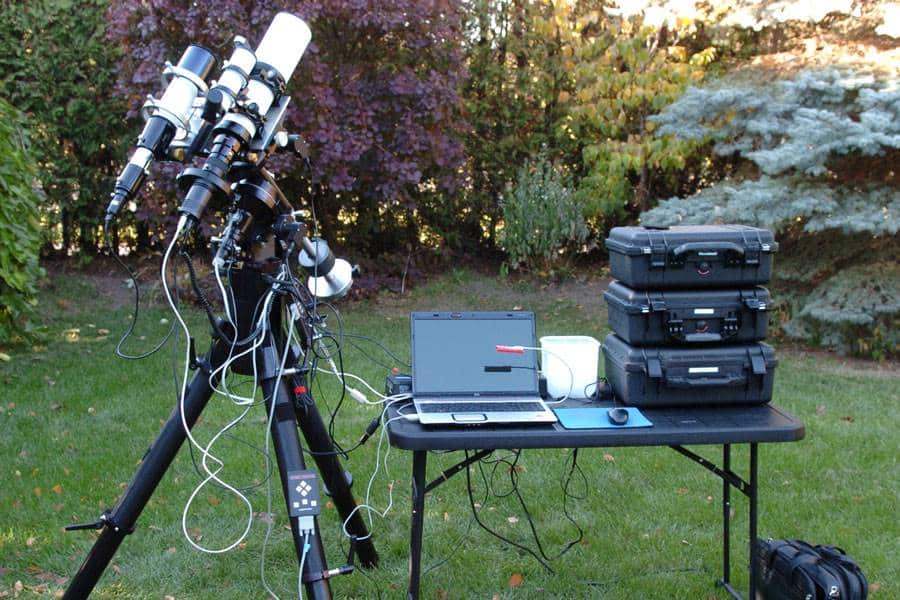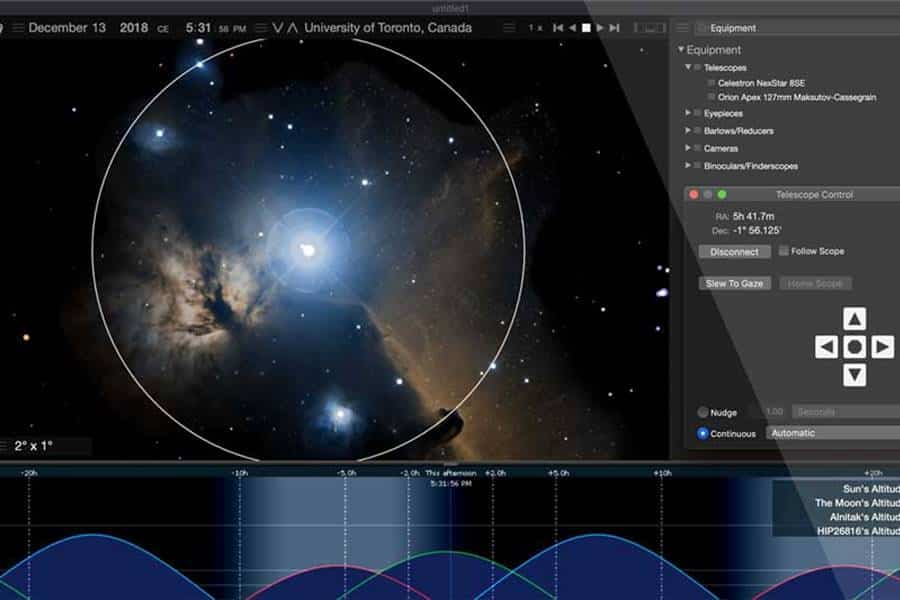Noise is a common challenge in astrophotography due to factors like high ISO settings, long exposures, and sensor heat. However, there are several techniques you can employ to reduce noise in your astrophotography images.
Here are some methods:
1. Lower ISO: Higher ISO settings amplify the signal, including noise. Start with a lower ISO setting (e.g., 800) and gradually increase it if necessary. Finding the right balance between capturing enough light and minimizing noise is crucial.
2. Use A Larger Aperture: A wider aperture (lower f-number) allows more light to reach the camera sensor, reducing the need for higher ISO settings or longer exposures, which can introduce noise. However, be mindful of the depth of field and focus when using wider apertures.
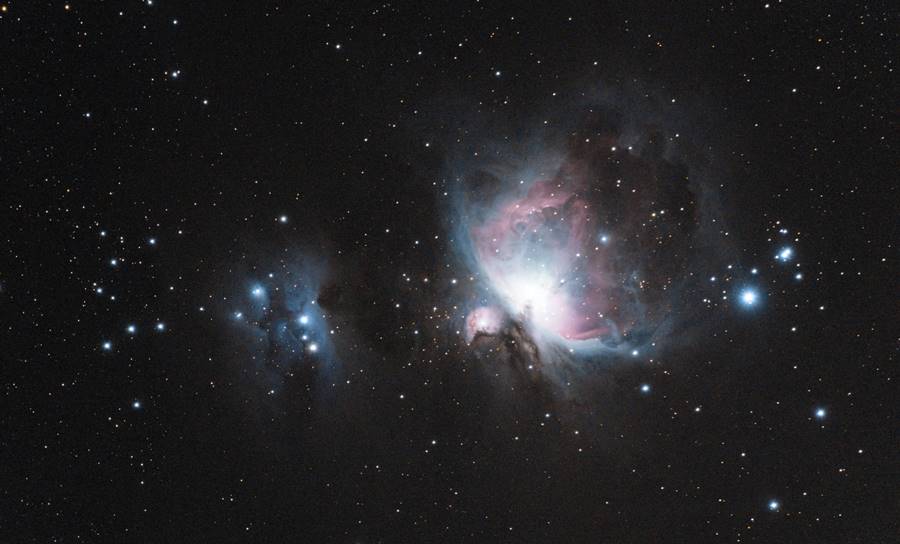
3. Dark Frame Subtraction: Take a dark frame immediately after your astrophotography session. This is an image taken with the same settings but with the lens cap on or with the camera covered. Use this dark frame to subtract the sensor noise from your final image during post-processing.
4. Long Exposure Noise Reduction: Many DSLRs have a built-in long exposure noise reduction feature. When enabled, it takes an equal-length exposure with the shutter closed to capture and subtract the noise. This can be useful for longer exposures but can increase overall exposure time.
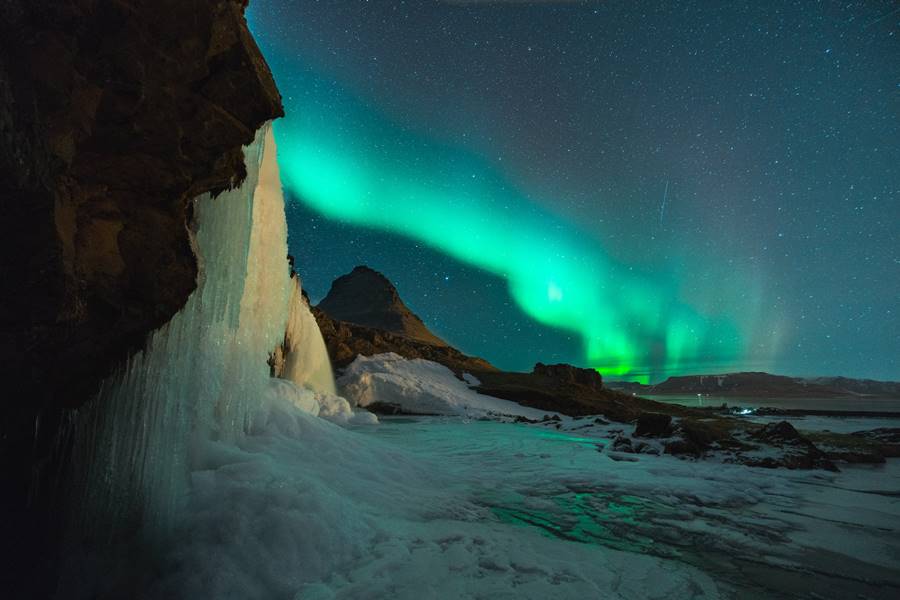
5. Image Stacking: Take multiple exposures of the same subject and stack them using specialized software like DeepSkyStacker or Sequator. Stacking aligns the images and averages out the noise, resulting in a cleaner and more detailed final image.
6. Use A Cooled Camera: Astrophotographers often use dedicated astrophotography cameras with built-in cooling systems. These cameras help reduce sensor heat, which can significantly reduce noise levels in long exposures. However, cooled cameras can be more expensive and require additional equipment.
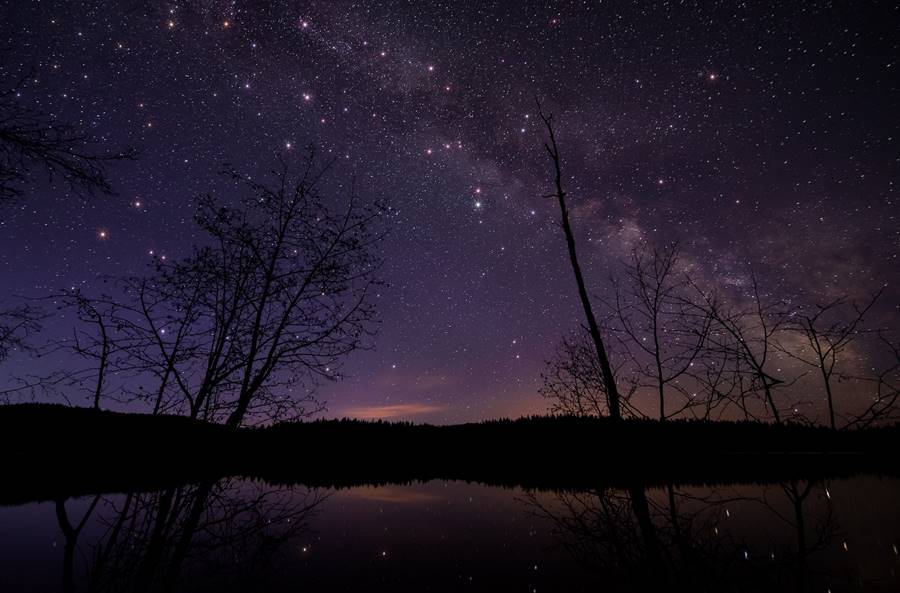
7. Post-Processing Noise Reduction: Utilize noise reduction tools in post-processing software like Adobe Lightroom, Photoshop, or dedicated astrophotography software. These tools can selectively reduce noise while preserving image details. Experiment with different settings to find the right balance between noise reduction and image quality.
8. Shoot in RAW Format: RAW files contain more information and allow for greater flexibility in post-processing. RAW files retain more data, making it easier to apply noise reduction techniques without sacrificing image quality.
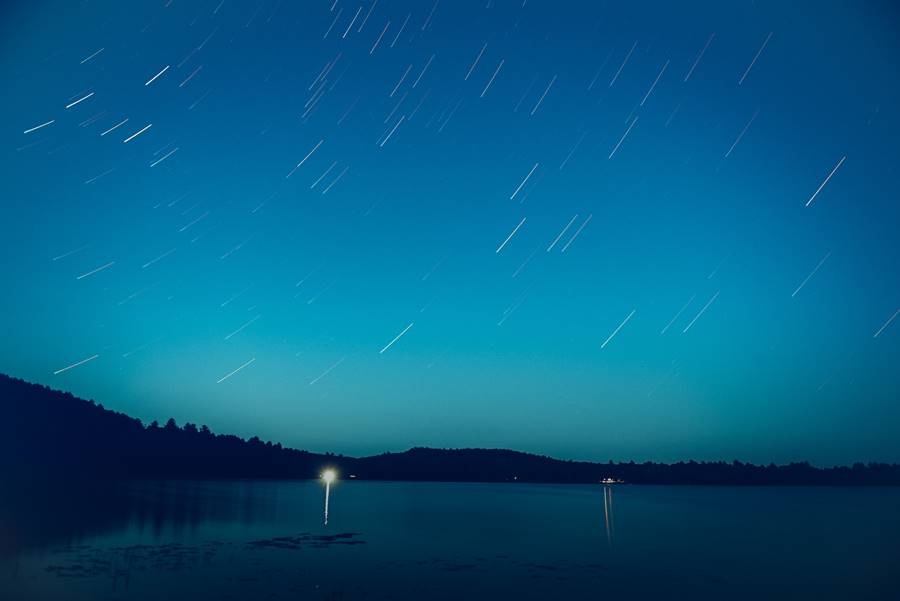
Remember, a certain level of noise is inherent in astrophotography, especially in deep-sky images. The goal is to strike a balance between noise reduction and maintaining the fine details and structure in your images. Experiment with different techniques and find the approach that works best for your specific equipment and conditions.
